
What are they?
The popularity of the maker movement has created a large push for students to learn about the STEM field (Science, Technology, Engineering, and Mathematics) in their early education. Schools among all levels of the education system are implementing an area for students to explore the STEM field. The areas are known as makerspaces, which include different forms of technology for students to develop their own idea. The space promotes creative ways of thinking as well as collaboration with their peers. The spaces can be located in one designated area or spread throughout the school as an integrated system.
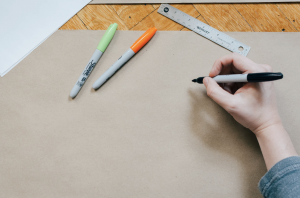
The Technology
Makerspace technology will typically include computer stations, multimedia editing software, 3D printers, video game creation software, laser cutters and similar systems. While the technology in a makerspace is typically quite complex, it does not need to be. The space can include simple creative stations with basic building tools such as wood carving, sewing machines, and even legos. A makerspace will be successful as long as the technology, regardless of the complexity, allows students to think independently and transform their ideas into realities.
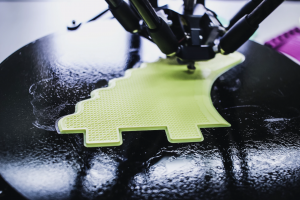
The Response
Educators supporting the maker movement have seen the positive impact it has on their students in terms of personal and educational growth. Most resistance towards the movement is from skeptics believing it wastes money and distracts from education. However, when implemented effectively in a school’s education system, makerspaces will foster learning rather than inhibit it. Educator and blogger John Spencer has witnessed the successes of the maker movement and urged individuals to promote it in their own classroom. In “Why Every Classroom Should Be a Makerspace”, Spencer writes “these aren’t “soft skills.” Rather, they are vital for success in life. These are the critical skills they need for the creative economy. But it’s more than that. They are a deep part of the human experience. When kids embrace a maker mindset, they experience the sheer joy of creative work.”

The Benefits
Makerspaces are conducive to establishing a basic understanding of STEM in a student’s early education. It is with this basic understanding that they can build upon their knowledge of the field to discover new interests and potential career paths.
Additionally, makerspaces mentally prepare our students to creatively solve new problems and adjust to challenges in their own way. As problem solvers, students will gain a greater understanding of themselves and what makes them unique. Educators who implement some level of the maker movement in the classroom will see their students grow as an individual and team member. In the makerspace, students will gain valuable collaboration experience as they work with others and learn to embrace teamwork. The ability to work well with others is a life skill that can be utilized to help themselves and others achieve their goals.

How to start?
The definition of a makerspace is nearly limitless. There is no one correct way to create a makerspace. If you find yourself wanting to start a makerspace at your school, there are some ways you can start the movement within your own classroom. A makerspace does not require large amounts of funding, instead, you can start just by promoting a maker mentality. This can consist of small projects or activities in the classroom that encourage your students to think outside the box to solve problems. But if you are looking to seek funding to create a completed makerspace for your school, start small and build the program as your school witnesses how it is beneficial to the students. A makerspace used effectively will foster its own growth through the students that represent the success of the investment.
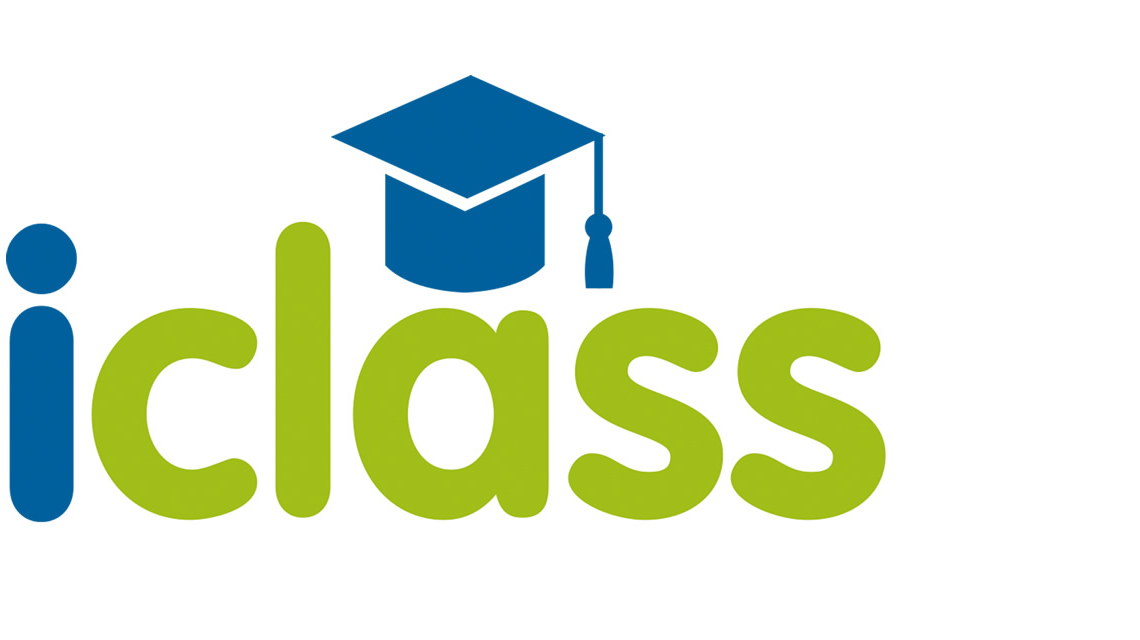

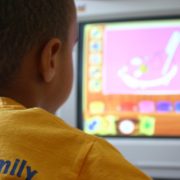

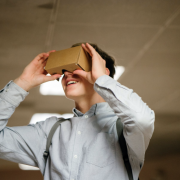




 UK + 442895907779
UK + 442895907779 customerservice@iclasscms.com
customerservice@iclasscms.com




